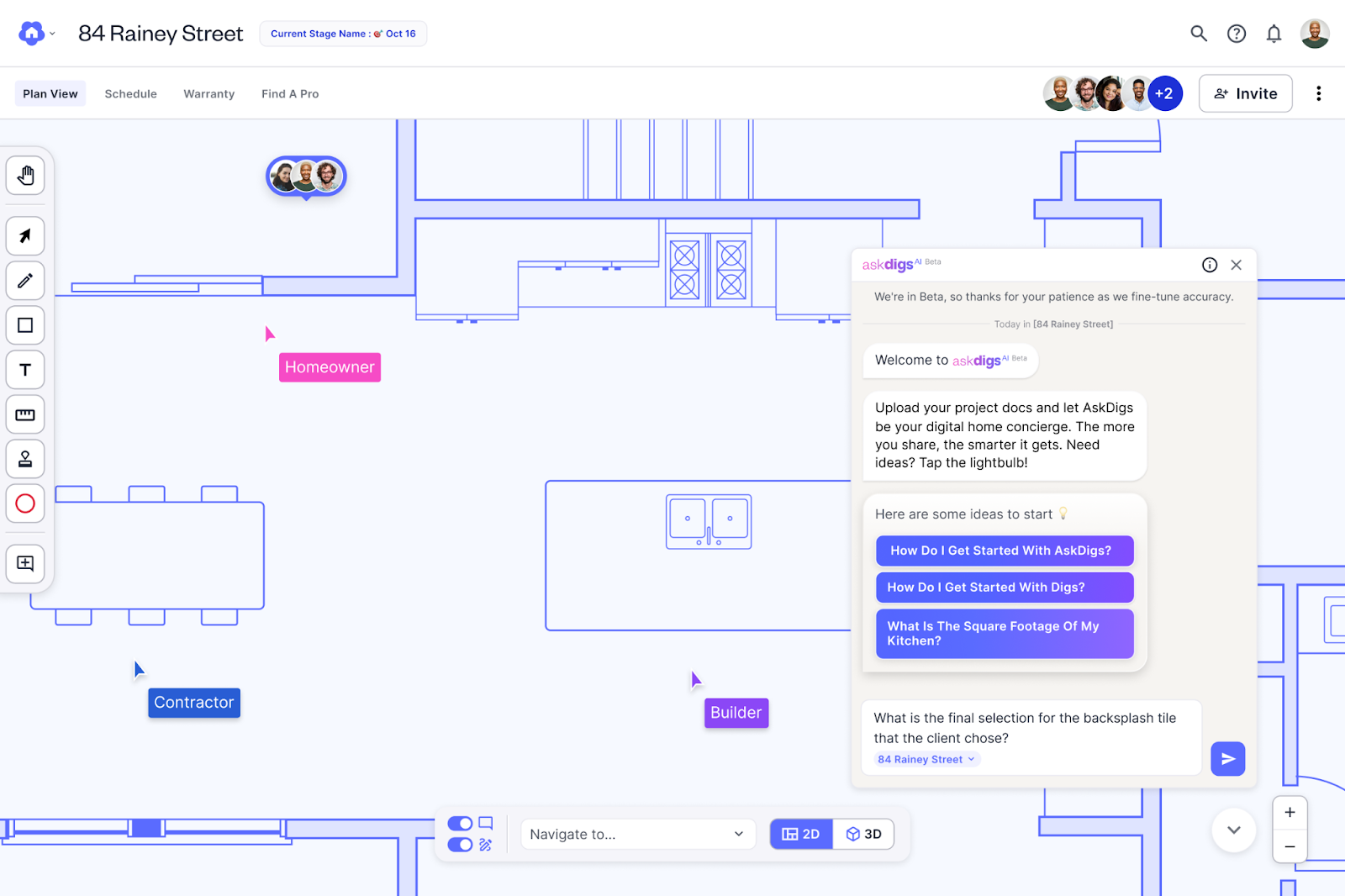For decades, builders have been fighting the same uphill battle: it feels harder every year to get more homes built without costs ballooning or timelines slipping. Research from the Federal Reserve points to why. Compared to other industries, construction hasn’t seen the same productivity gains since the 1980s. In fact, the industry’s overall productivity hasn’t really moved forward in decades, even as nail guns, prefabrication, and design software became standard.
That lack of progress shows up in today’s market. Higher costs and slower builds make it harder to keep homes affordable, and the supply-and-demand gap keeps getting wider.

Yet there is evidence of pent-up demand. In August, new-home sales jumped more than 20% compared to July, according to Pro Builder. Lower mortgage rates and smart use of incentives gave buyers the push they needed, and homes moved faster. But with labor shortages, tighter credit, and fewer starts underway, builders cannot afford waste in how they use time, money, or people.
Every minute matters. Every dollar matters. Every person matters.

Why Builders Can’t Rely on “Business as Usual”
On the surface, the industry has adopted plenty of labor-saving tools. But too often, those gains get eaten up by inefficiencies somewhere else: a miscommunication between teams, a mistake in a takeoff that causes delay, or a project error that leads to rework.
Margins are already thin, and market swings are unpredictable. If a builder is still depending on manual processes and guesswork, they are burning time and money that competitors are protecting.
Where AI Fits In
AI is not a nice-to-have anymore. It is the toolset that helps builders actually capture the gains that past innovations never fully delivered.
- Time: AI speeds up estimates, plan reviews, and document organization so project teams can stay focused on the build.
- Money: AI reduces errors before they turn into costly rework and helps keep schedules on track.
- People: AI gives stretched teams leverage, letting them do more without adding headcount.
-
Instead of watching efficiency gains slip away, AI locks them in.

Why Now
Sales are up, but the market is fragile. Incentives and price cuts may move inventory today, but long-term profitability depends on running lean. With tighter credit conditions and fewer starts, the builders who get ahead are the ones who find efficiency everywhere they can.
The research makes it clear: construction productivity has been stuck for decades. But that does not mean your business has to be. The market is shifting quickly, and margins are under pressure, which makes it more important than ever to look for practical ways to save time and money.
Builders who thrive will be the ones who see AI as a tool to support them, not replace them. It is not about adopting technology for technology’s sake, but about finding real, everyday efficiencies that protect margins and keep projects moving. AI can help level the playing field, giving builders of all sizes a way to do more with the resources they already have.

That is exactly why we built Digs. It helps builders save time on estimates, organize plans and documents for an easier handoff, and reduce errors that eat into profits. By giving back minutes, protecting dollars, and making every team member more effective, Digs helps builders do more with less and stay competitive in a tight market.
Because if you are not already using AI to offset today’s market conditions, you are already behind.

